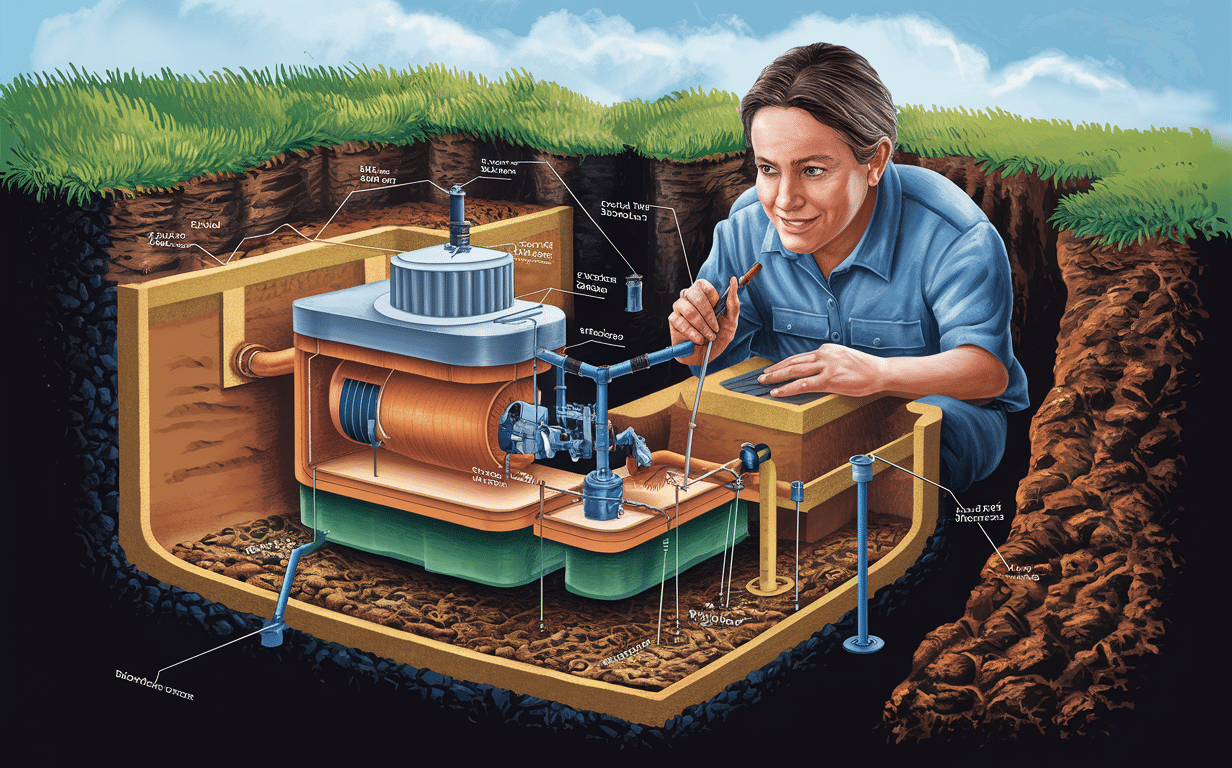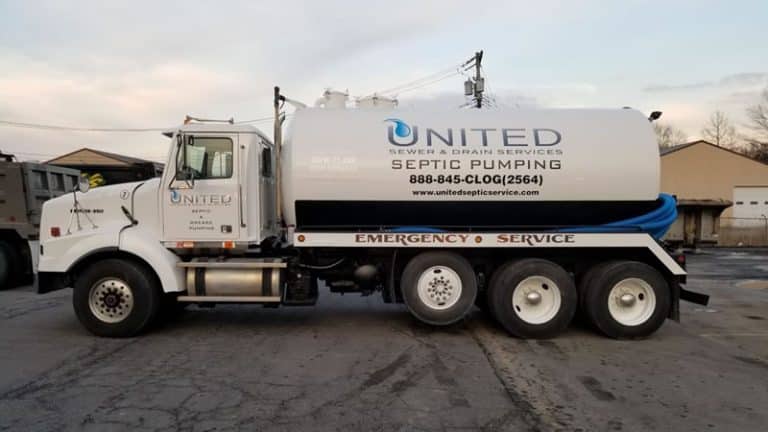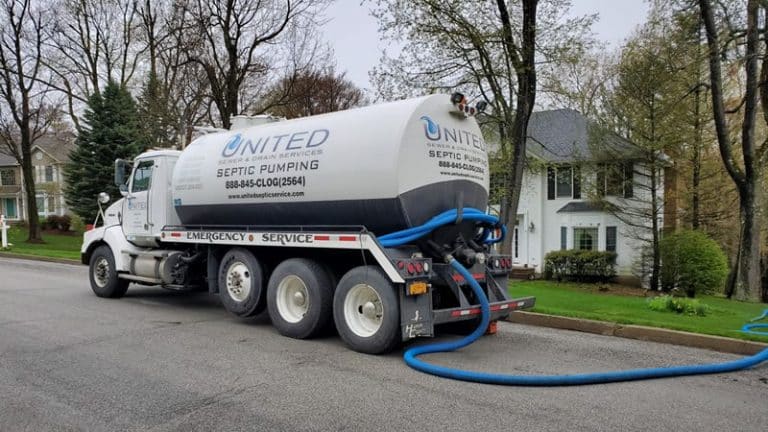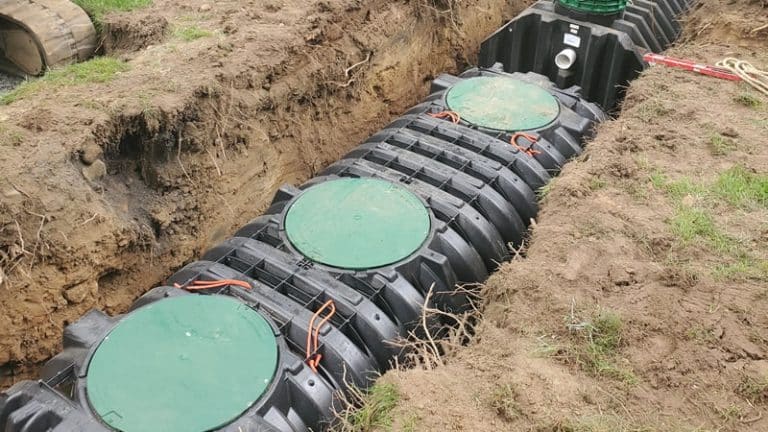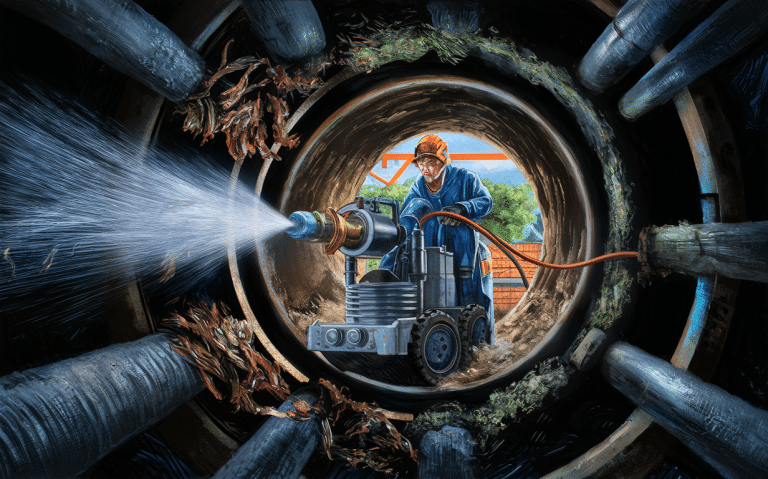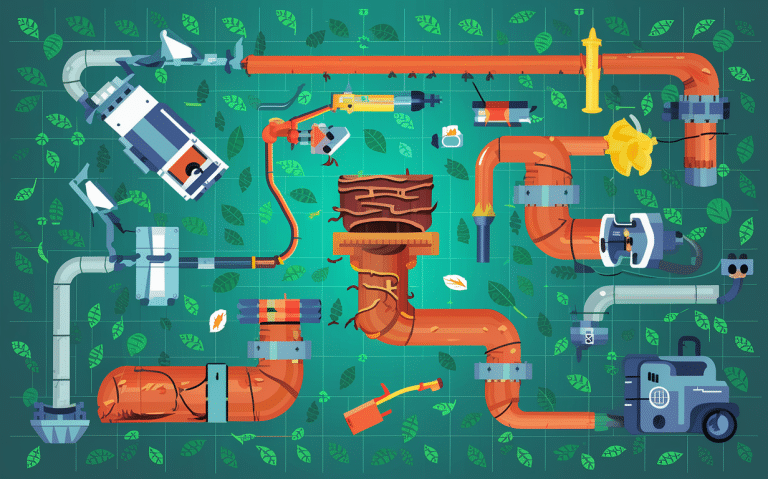Essential Septic System Inspections: Avoid Costly Repairs
- Regular septic system inspections are crucial for maintaining a properly functioning system
- Visual inspections can identify surface-level issues, while full inspections provide a comprehensive assessment
- Septic inspections are typically required during home sales and when obtaining certain loans
- Failing to address septic system issues can lead to costly repairs and environmental hazards
As a septic and sewer services provider, we understand the importance of regular septic system inspections for both residential and commercial properties. Septic inspections are essential for ensuring that your system is functioning properly, preventing costly repairs, and protecting the environment from potential contamination.
Why Are Septic System Inspections Important?
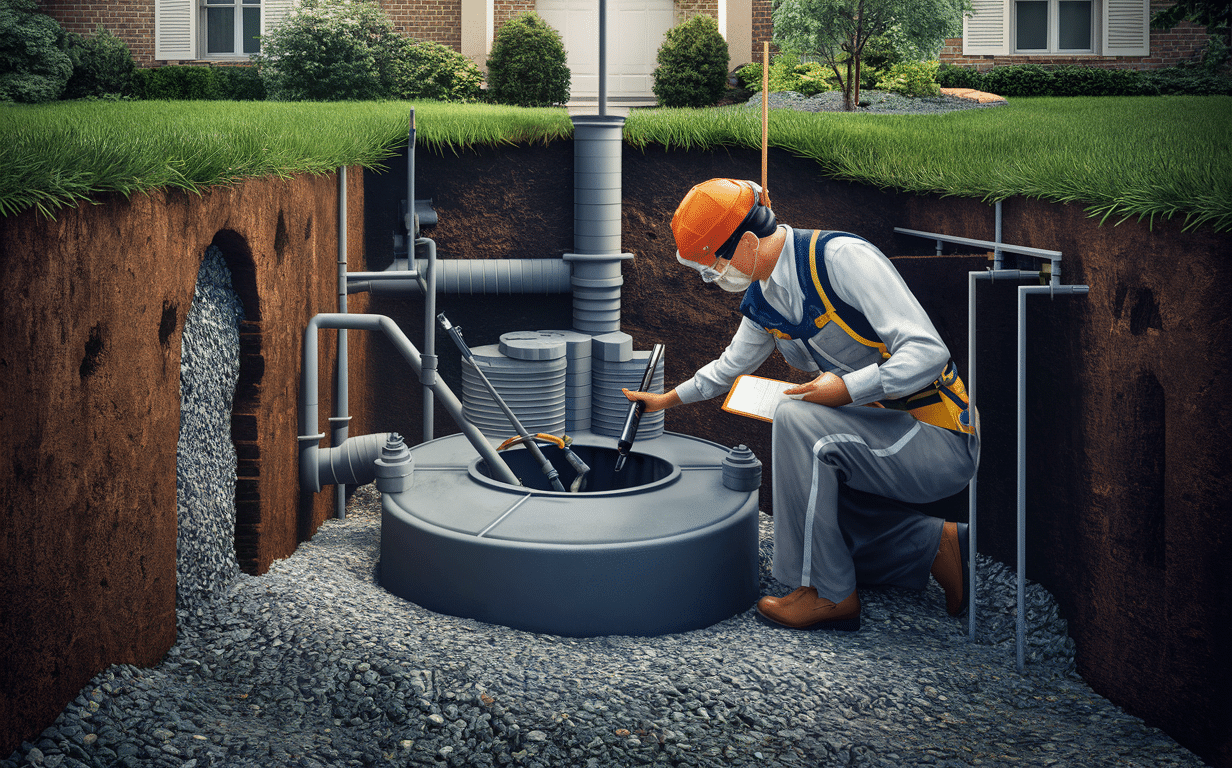
Septic systems are designed to treat and dispose of wastewater from your property, but they require regular maintenance to function effectively. Over time, septic tanks can accumulate sludge and scum, which can lead to clogs, backups, and system failures if not addressed promptly.
Regular inspections can help identify potential issues before they become major problems, saving you time and money in the long run.
Preventing Costly Repairs
One of the primary reasons to schedule regular septic inspections is to prevent costly repairs. When septic systems are neglected, minor issues can quickly escalate into major problems that require extensive repairs or even complete system replacement.
By catching these issues early through regular inspections, you can often address them with simple maintenance or minor repairs, saving you thousands of dollars in the long run.
Protecting the Environment
Another critical reason to prioritize septic inspections is to protect the environment from potential contamination. When septic systems fail, they can release untreated wastewater into the surrounding soil and groundwater, posing a serious health risk to humans and wildlife alike. Regular inspections can help ensure that your system is functioning properly and not contributing to environmental contamination.
Types of Septic System Inspections
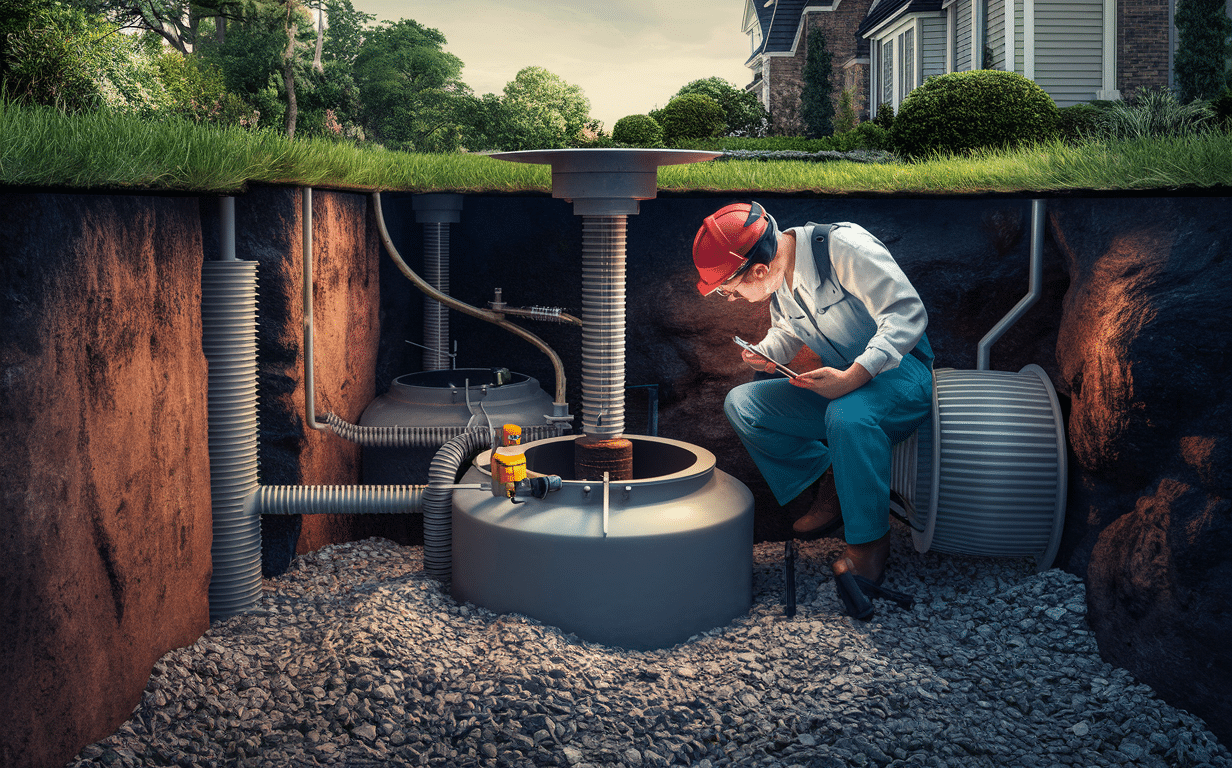
There are two main types of septic system inspections: visual inspections and full inspections. Understanding the differences between these two types of inspections can help you determine which one is right for your needs.
Visual Inspections
Visual inspections are a basic assessment of your septic system’s visible components, such as the tank, drain field, and access ports. During a visual inspection, a trained technician will look for signs of surface-level issues, such as:
- Pooling water or soggy spots in the drain field
- Strong odors around the tank or drain field
- Slow-draining fixtures or gurgling sounds in the plumbing
- Cracks or damage to the tank or access ports
While visual inspections can identify some potential issues, they do not provide a comprehensive assessment of your septic system’s overall health.
Full Inspections
Full inspections, also known as comprehensive inspections, provide a more in-depth assessment of your septic system’s condition. During a full inspection, a technician will not only perform a visual inspection but also open the tank to assess its internal components and measure the levels of sludge and scum.
A full inspection typically includes:
- Locating and uncovering the septic tank and access ports
- Measuring the levels of sludge and scum in the tank
- Assessing the condition of the tank, baffles, and other internal components
- Checking the drain field for signs of failure or damage
- Testing the system’s overall functionality and performance
Full inspections are typically recommended every 3-5 years, depending on factors such as the size of your tank, the number of occupants in your property, and your system’s overall usage.
| Inspection Type | Frequency | Components Assessed |
|---|---|---|
| Visual | Annually | Tank, drain field, access ports |
| Full | Every 3-5 years | Tank, baffles, drain field, overall functionality |
When Are Septic Inspections Required?
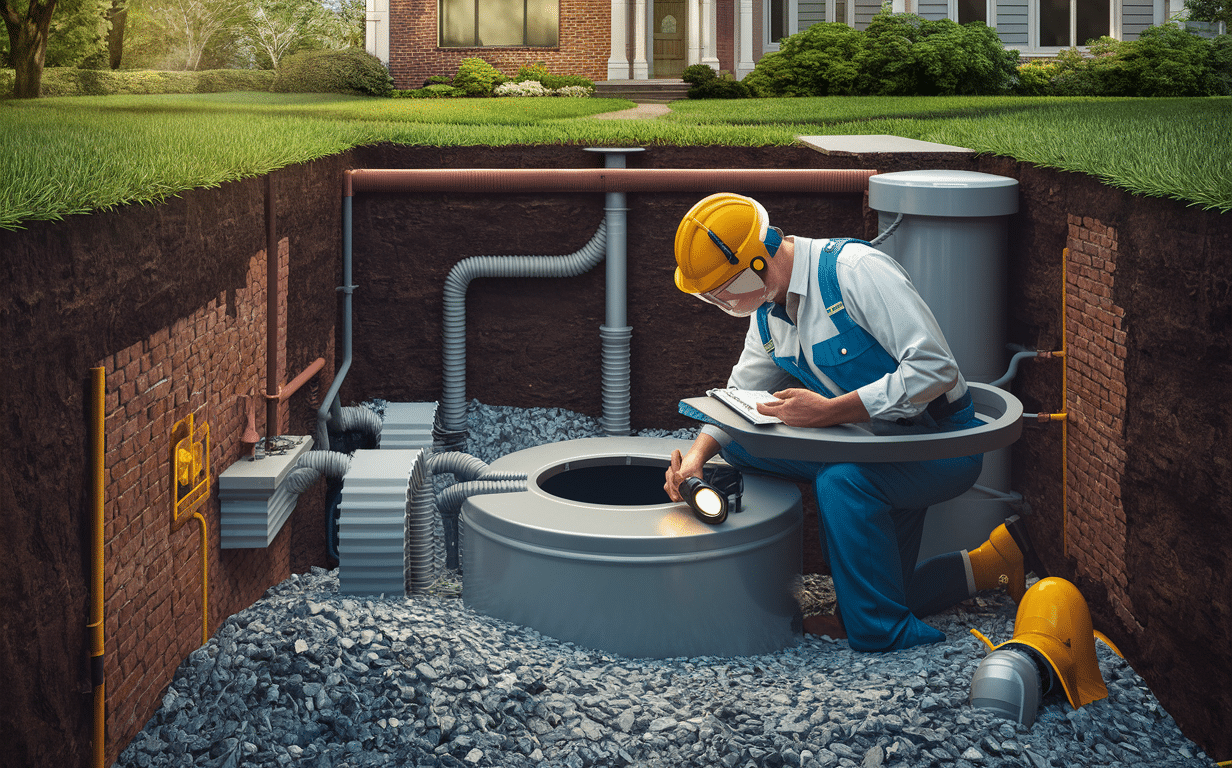
While regular septic inspections are always a good idea, there are certain situations where they are typically required, such as:
- During a home sale: Most home buyers and lenders will require a septic inspection before closing on a property to ensure that the system is functioning properly and does not require any major repairs.
- When obtaining certain loans: Some loans, such as FHA and VA loans, may require a septic inspection as part of the approval process.
- When expanding or remodeling your property: If you are planning to add new bedrooms, bathrooms, or other living spaces to your property, you may need to have your septic system inspected to ensure that it can handle the increased usage.
What Happens During a Septic Inspection?
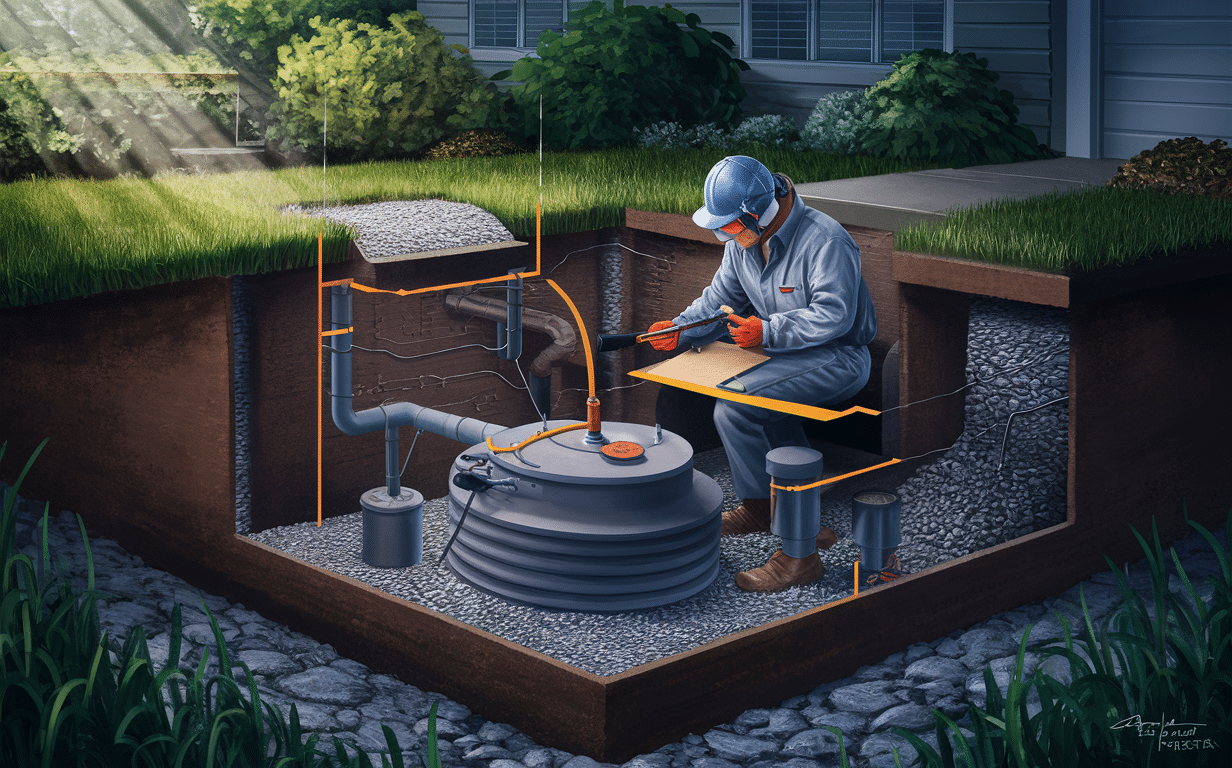
During a septic inspection, a trained technician will assess your system’s overall health and functionality. The specific steps involved in the inspection will depend on whether you are having a visual or full inspection performed.
- Locating the septic tank and access ports
- Assessing the condition of visible components
- Measuring sludge and scum levels (full inspections only)
- Checking the drain field for signs of failure or damage
- Testing the system’s overall functionality and performance
After the inspection is complete, the technician will provide you with a detailed report outlining their findings and any recommendations for maintenance or repairs.
Common Septic System Issues
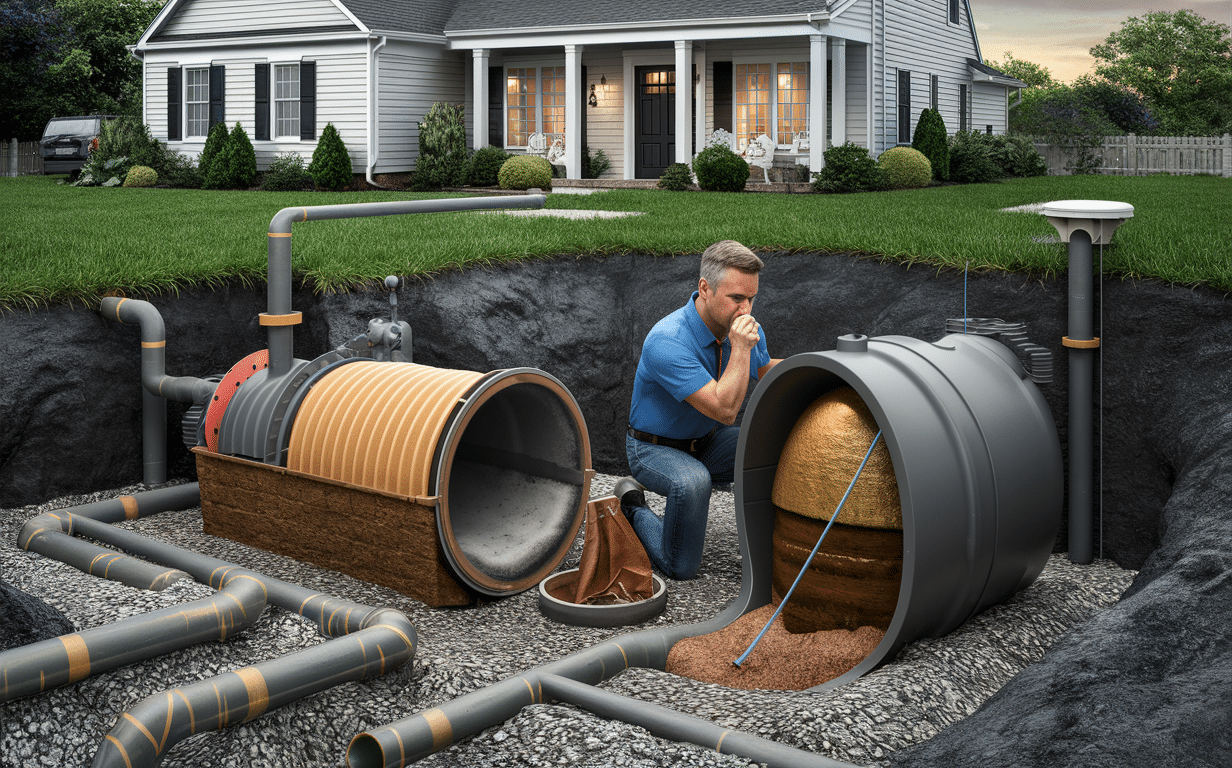
During a septic inspection, technicians may identify a variety of potential issues that could impact your system’s performance and longevity. Some of the most common septic system issues include:
- Clogs or blockages in the pipes or drain field
- Damage to the tank, baffles, or other components
- Tree roots infiltrating the tank or pipes
- Overflowing or leaking tanks
- Drain field failure or saturation
If any of these issues are identified during your inspection, your technician will recommend the appropriate course of action to address them, which may include pumping the tank, repairing or replacing damaged components, or installing new drainage solutions.
Septic Inspection Costs
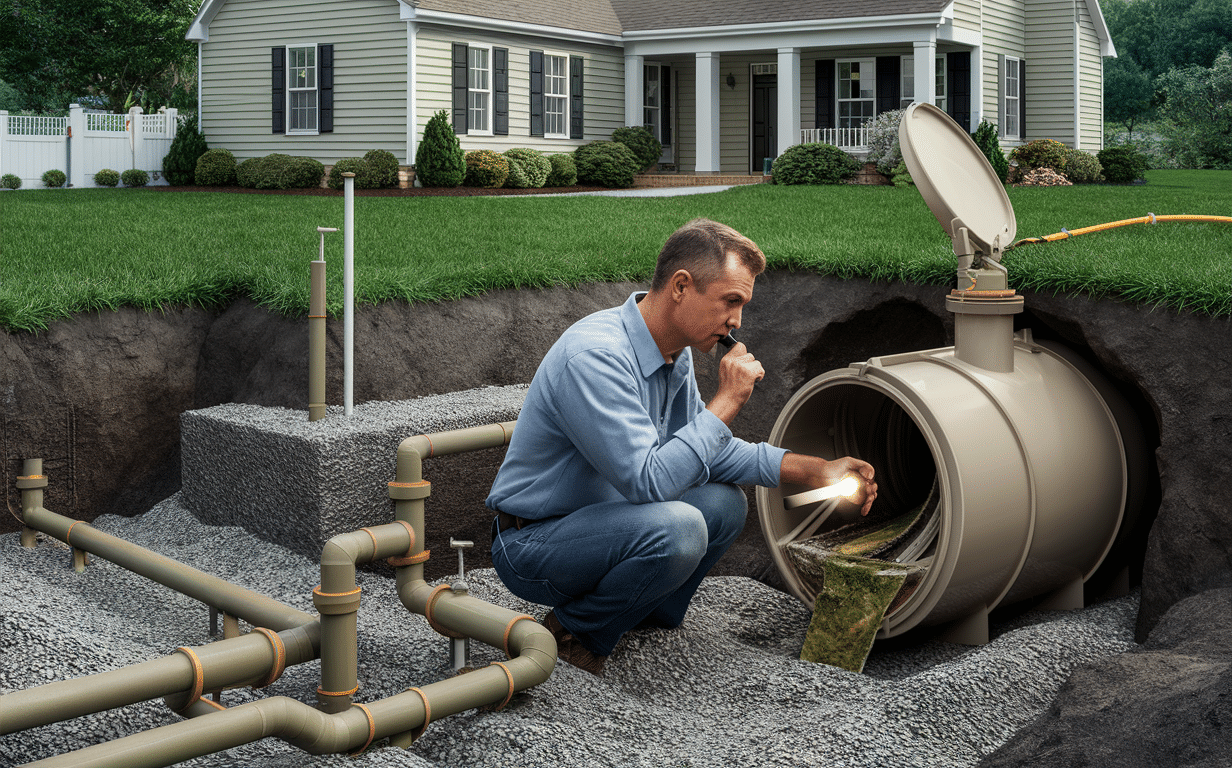
The cost of a septic inspection can vary depending on factors such as the size and complexity of your system, the type of inspection being performed, and the rates of the service provider. On average, you can expect to pay between $200 and $500 for a full septic inspection.
While this may seem like a significant expense, it is important to remember that regular inspections can help you avoid much more costly repairs down the line. Failing to address septic system issues promptly can lead to extensive damage that may require complete system replacement, which can cost tens of thousands of dollars.
Maintaining Your Septic System Between Inspections
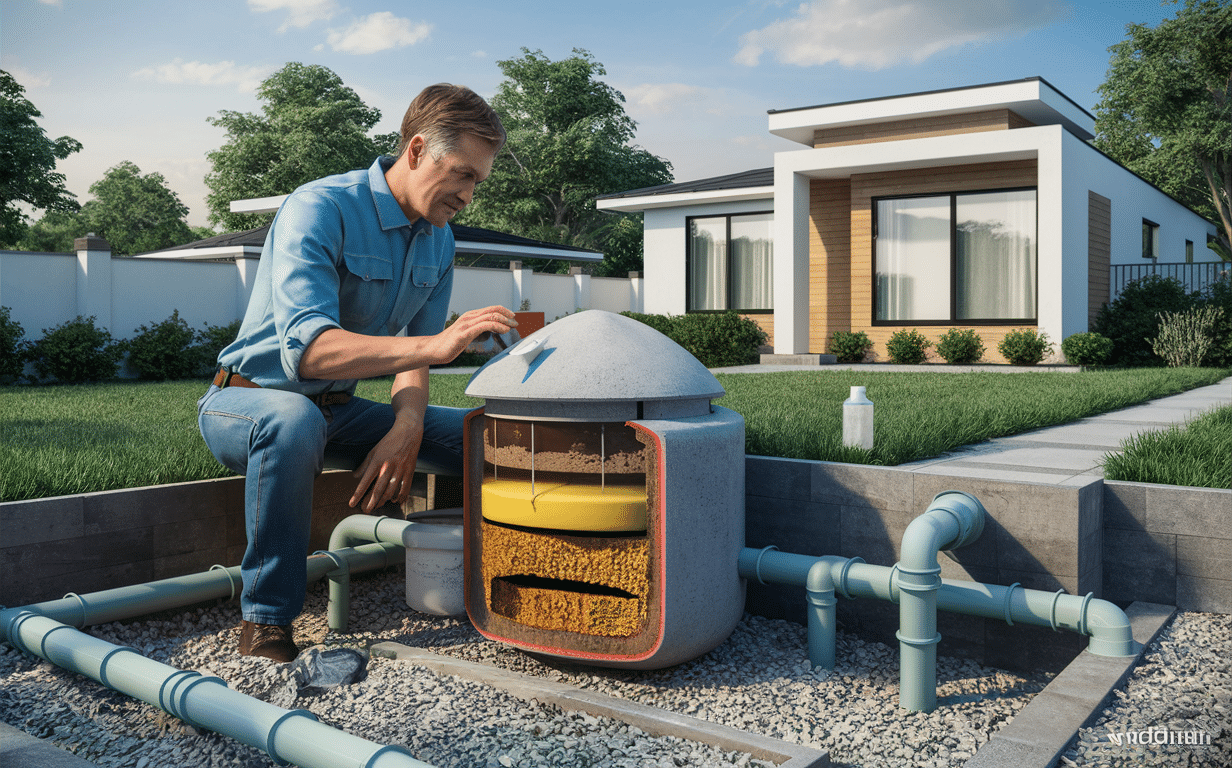
In addition to scheduling regular inspections, there are several steps you can take to maintain your septic system between inspections and extend its lifespan:
- Pump your tank regularly: Most septic tanks need to be pumped every 3-5 years, depending on their size and usage.
- Conserve water: Overloading your septic system with too much water can cause it to fail prematurely. Install water-saving fixtures and spread out laundry and dishwashing loads to reduce strain on the system.
- Watch what you flush: Avoid flushing non-biodegradable items like wipes, feminine products, and paper towels, as these can clog the system and cause backups.
- Keep the drain field clear: Avoid parking or driving on the drain field, and do not plant trees or shrubs with deep roots near the area.
By following these simple maintenance tips and scheduling regular inspections, you can help ensure that your septic system functions properly for years to come.
Choosing a Septic Inspection Provider
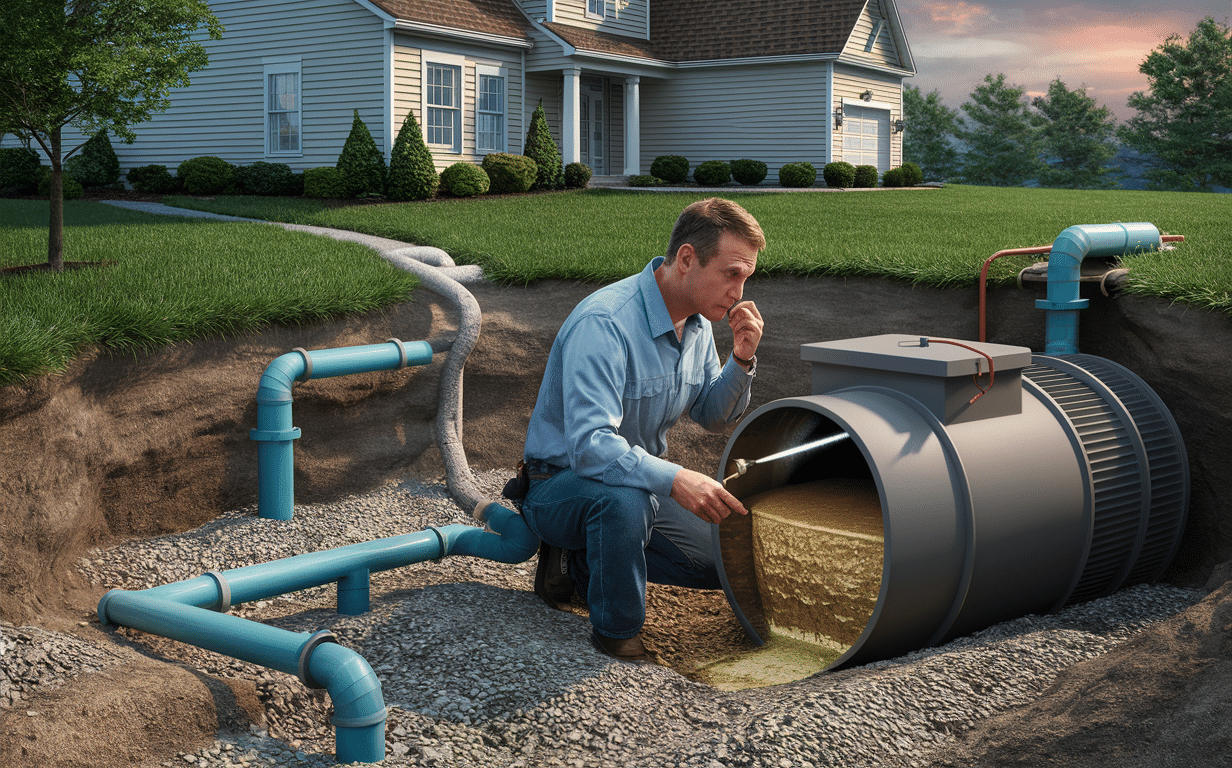
When choosing a septic inspection provider, it is important to look for a company with experience, expertise, and a proven track record of quality service. Some factors to consider when selecting a provider include:
- Licensing and certification: Make sure the company is properly licensed and certified to perform septic inspections in your area.
- Experience: Look for a provider with extensive experience inspecting and servicing septic systems similar to yours.
- Reputation: Read online reviews and ask for references to get a sense of the company’s reputation and customer satisfaction.
- Services offered: Choose a provider that offers comprehensive inspection services, as well as maintenance and repair solutions.
At United Sewer & Septic, we pride ourselves on providing top-quality septic inspection, maintenance, and repair services to residential and commercial customers throughout our service area. Our team of certified technicians has the knowledge and experience to assess your system’s health and provide tailored solutions to keep it functioning at its best.
Facts About Septic System Inspections
- Septic system inspections are crucial for maintaining the efficiency and longevity of the system. According to the National On-Site Wasting Association (NOWA), septic system failures occur in about 10% of homes with septic systems every year (source).
- The Environmental Protection Agency (EPA) recommends septic system inspections every three years in areas with a high water table, sandy soil, or a large number of system components (source).
- The average cost of a septic system inspection ranges from $200 to $700, according to HomeAdvisor (source).
- During a septic system inspection, the inspector checks the tank for leaks, scum and sludge levels, and the functionality of the system’s components, such as the baffles, inlets, and outlets (source).
- Regular septic system maintenance, including inspections, can help prevent costly repairs and replacements. The American Society of Home Inspectors estimates that the average cost of a septic system replacement is between $5,000 and $10,000 (source).
The Bottom Line
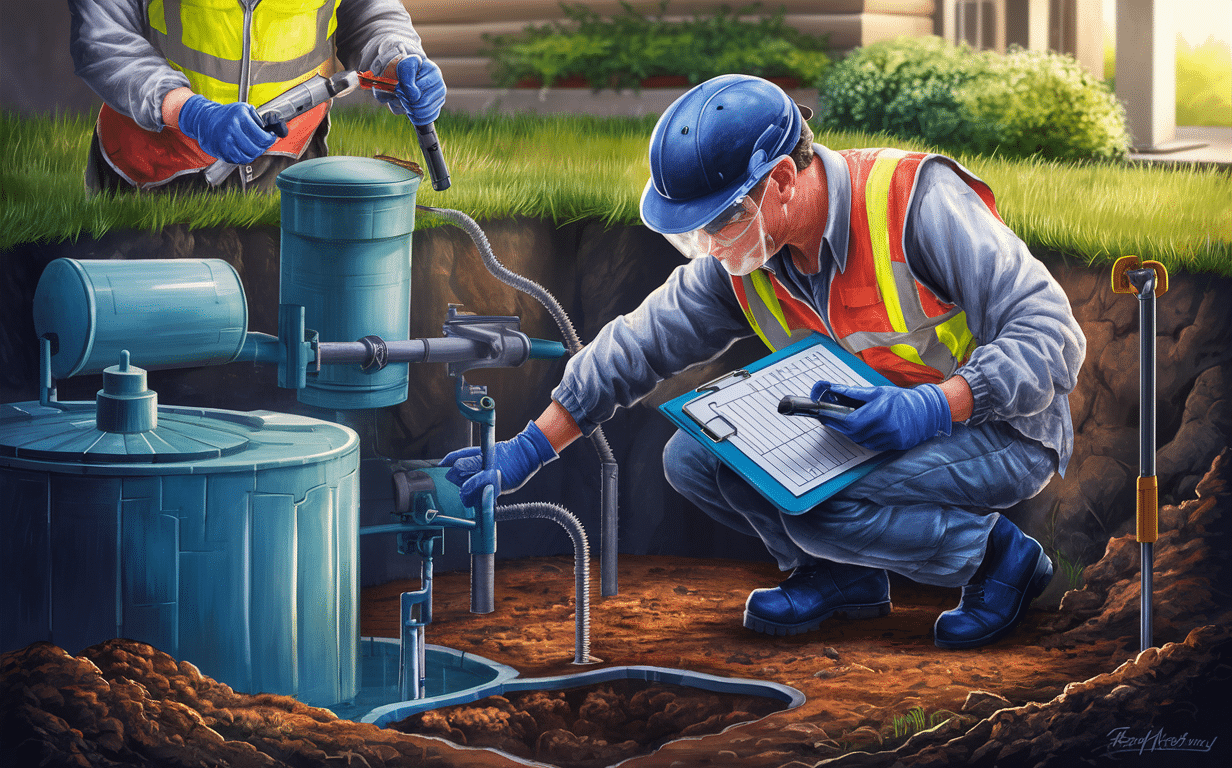
Regular septic system inspections are a critical component of responsible property ownership. By scheduling visual inspections annually and full inspections every 3-5 years, you can catch potential issues early, prevent costly repairs, and protect the environment from contamination.
If you are due for a septic inspection or have concerns about your system’s performance, contact United Sewer & Septic today to schedule an appointment with one of our certified technicians. With our expertise and commitment to quality service, you can trust us to keep your septic system functioning properly for years to come.
Get a free quotes for your septic issues here!

